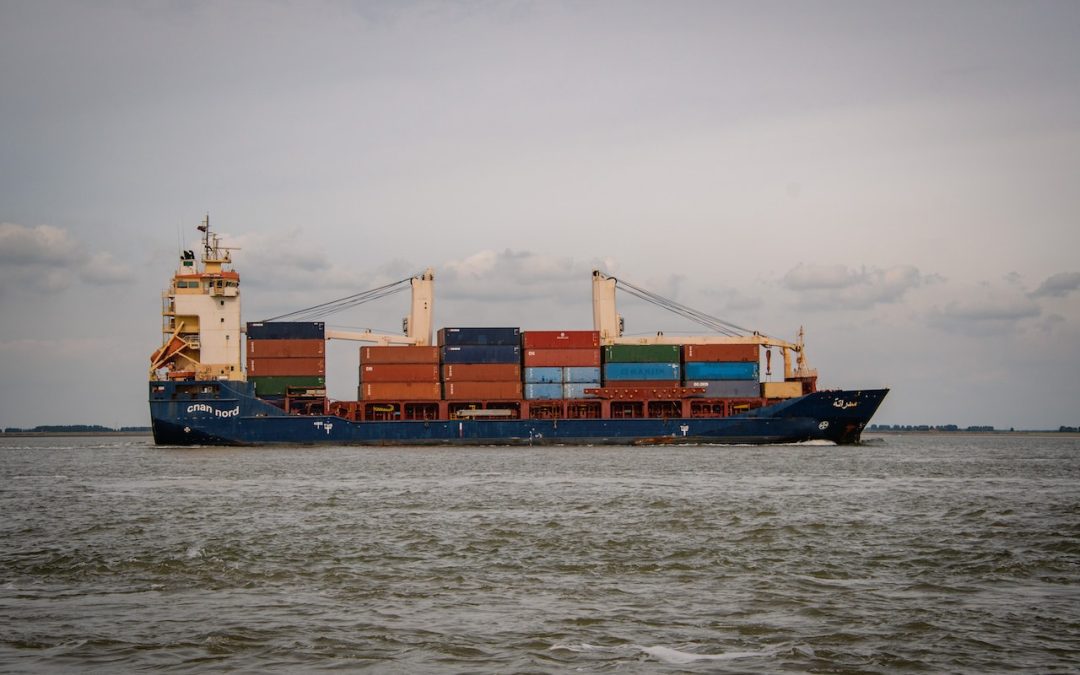Strategic alliances within the shipping industry are a popular working concept.
For over two decades such alliances have been in play; today, these account for 80% of the global container shipping market.
But why?
Why are carriers collaborating, and what does it mean?
Let’s find out.
What Is A Container Carrier Alliance?
When a group of carriers band together to offer their services it’s called a container carrier alliance.
Each company that is part of the alliance operates collaboratively. Members pool their vessel capacity and agree upon the number of vessels that will serve each trade route.
The collaboration stops there, however. It is purely operational. All members of the alliance continue to conduct their sales and marketing efforts individually.
The Benefits Of A Shipping Alliance
Container carriers need big money to grow their companies and compete in the market.
Ships, containers… even offices on either side of each route the carrier serves. It all costs a bomb. Not only that, but with the demand for goods at an all-time high, carriers are opting to invest in larger vessels to increase overall revenue per shipment.
There are a few problems with this:
- A container carrier will only reap the benefits of larger ships if those ships are full to capacity on every voyage.
- If every carrier went down the same route and super-sized their vessels, to serve every single route they ship through… There would simply be far too many vessels! And a lack of shipments to fill them.
When you think about it like that, sizing up to compete does not work.
Instead, carriers can choose to join a container carrier alliance. By joining forces, carriers reduce their operating expenses and support their clients by offering services across a wider reach of locations.
Not only do container carrier alliances reap rewards for the carriers, but they can also bring shipping costs down and benefit the end user by way of a more stable freight rate.
Groups of carriers can shout louder than individual companies, too. This means that they have more power to negotiate port tariffs.
How Does A Shipping Alliance Work?
As you can imagine, there are many lines of communication necessary between collaborating shipping companies.
There is a lot to think about! Because all parties may end up shipping each other’s cargo, it’s vital agreements are made that cover:
- Scheduling
- Assigning vessels
- Stowage plans
- Fuel types
- Operations
- Capacity planning
And that’s not an exhaustive list.
The contribution each carrier makes towards the alliance, in vessels and trade lanes, gives weight to the say they have on informing decision-making. Individual carriers must be pragmatic.
The Three Big Alliances
The sea shipping industry is dominated by these big guys: Maersk Line, MSC, COCSO and CMA CGM. There are plenty of others, but these are the top dogs.
The big players are so big that the smaller lines find it difficult to compete at all; no way of getting their foot in the door of growth. Forming alliances was a way they could try and remain competitive. And, as the years go on, even the big players have opted to form alliances too.
2M – Maersk and MSC
The two top shipping lines, Maersk and MSC, announced a 10-year agreement back in 2014. Maersk puts more into the alliance, sharing 110 vessels with MSC, and together they serve 44 regular routes between the US, Europe and Asia.
Ocean Alliance – COSCO, OOCL, CMA CGM and Evergreen
These shipping lines have now extended their agreement to work together until 2027 after an initial stretch of five years. The Ocean Alliance offers a capacity of around 3.8 million TEU (or a twenty-foot equivalent unit, a unit of measurement used to determine the capacity of cargo for containers and their ships) on 330 ships.
THE Alliance – Hapag-Lloyd, ONE, Yang Ming and HMM
THE Alliance holds around 30% of the global container capacity, 3.5 million TEU. They ship along trade routes from ports in North America, Canada, Central America, North Europe, Asia, the Mediterranean, Mexico, India and the Middle East.
We’ve put together an easy-to-read reference chart here, keep it handy!
Container Carrier Alliances Stabilise Supply Chains
Through the sharing of vessel capacity shipping lines can keep up with the global growing demand for goods.
Clients shipping goods from one country to another benefit from these more reliable services and can be reassured that they will be able to source the capacity they require when they need it.
On the quest for shipping advice? Look no further. Our friendly Millennium team are here to help.

